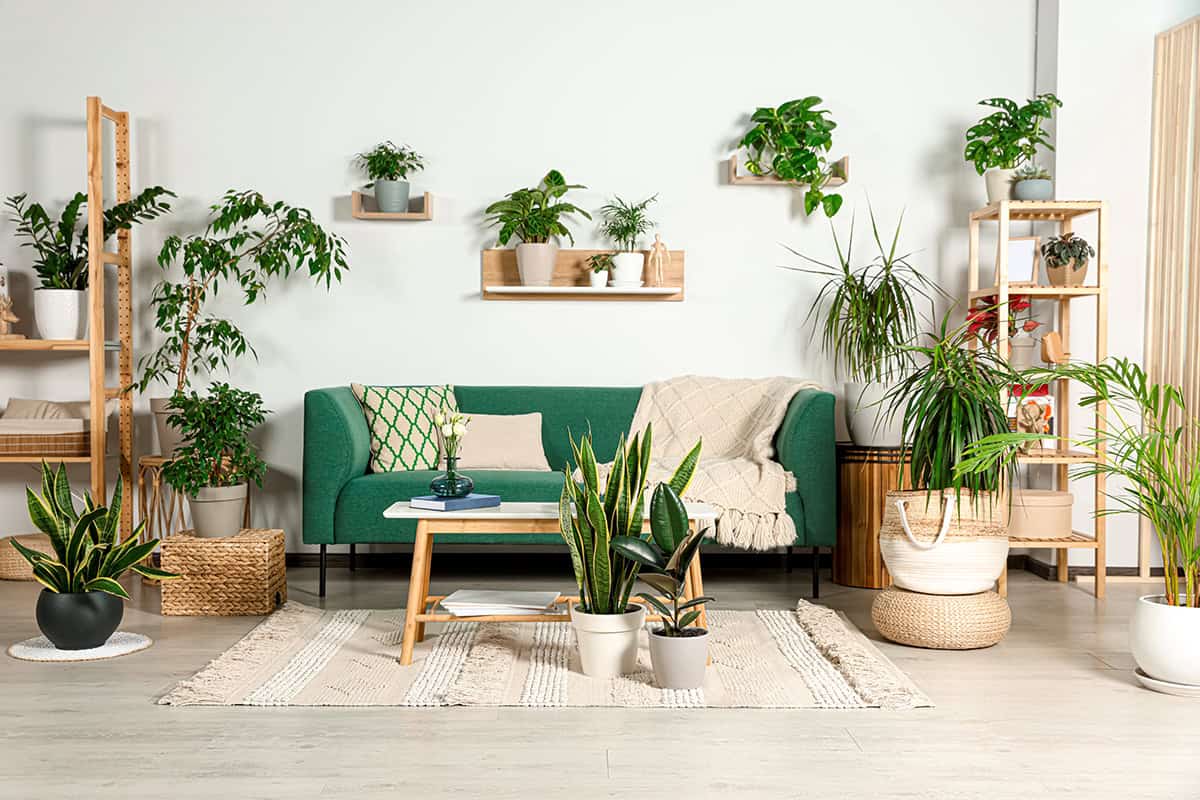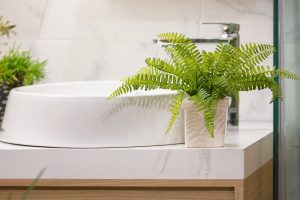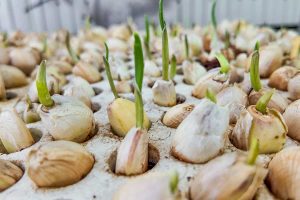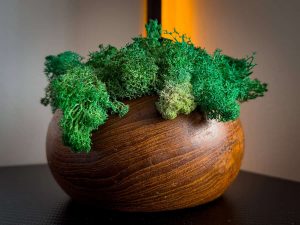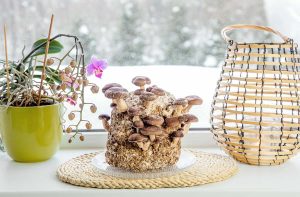If you think a lush, plant-filled home belongs only to those with big budgets, think again. It’s possible to create your own indoor jungle without racking up a huge bill. This guide breaks down smart ways to add more green for less cash.
Table of Contents
- 25 Ways to Fill Homes with Plants Without Breaking the Bank
- Propagate New Plants from Existing Ones
- Swap Plant Cuttings with Friends or Neighbors
- Join Local Plant Swap Events or Facebook Groups
- Grow Indoor Plants from Seed Packets
- Rescue and Revive Discounted or “Sad” Plants
- Use Recycled Glass Jars or Cans as Planters
- Buy Small Plants Instead of Mature Ones
- Visit Garden Center Clearance Sections
- Repot Grocery Store Herbs into Decorative Pots
- Create a Propagation Station with Bottles and Water
- Hang Plants Using DIY Macramé or Rope Holders
- Display Clippings in Glass Bottles as Temporary Décor
- Use Vertical Space with Wall Planters or Mounted Pots
- Thrift Plant Stands, Baskets, or Pots
- Repurpose Wooden Crates as Tiered Plant Shelves
- Grow Fast-Spreading Plants Like Pothos or Spider Plants
- Use a Rolling Cart to Group Small Plants Together
- Upcycle Old Furniture for Creative Plant Displays
- Rotate Plants Seasonally to Keep Spaces Looking Fresh
- Mix Real Plants with a Few High-Quality Faux Ones
- Buy in Bulk from Local Growers or Farmer’s Markets
- Use Hanging Baskets to Maximize Ceiling Space
- Fill Corners with Large, Affordable Leafy Plants
- Refresh and Reuse Old Potting Soil with Compost
- Maintain Healthy Plants to Avoid Replacing Them
25 Ways to Fill Homes with Plants Without Breaking the Bank
Here’s how to make the most of your plant budget at home.
Propagate New Plants from Existing Ones
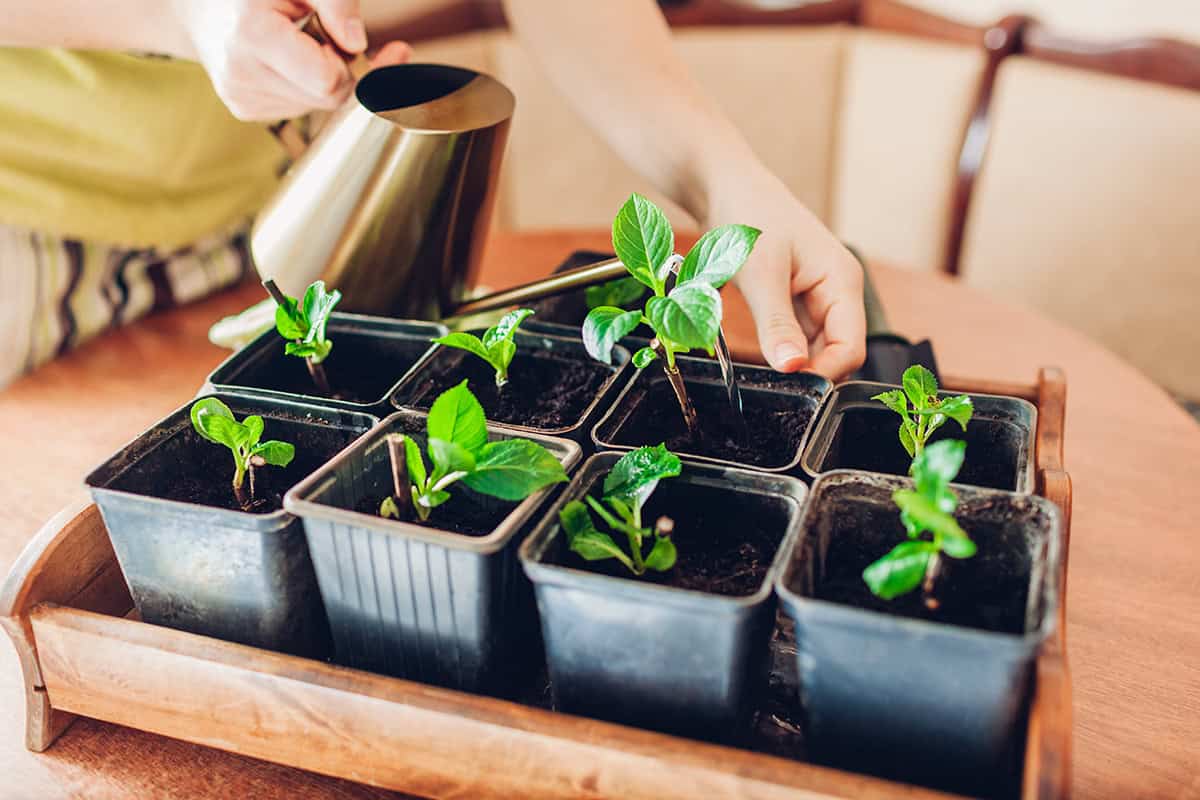
Exploiting plant propagation offers an economical way to multiply your green collection. Some plants, like pothos and succulents, grow roots from cuttings placed in water or soil. Just ensure you use clean tools to prevent infections. Consistently mist the new cuttings to maintain moisture. Using rooting hormone can speed up root development for certain plants. Practice patience, as some may take months to establish properly.
Swap Plant Cuttings with Friends or Neighbors
Engaging in plant swaps with friends turns plant ownership into a shared experience. Coordinating regular exchanges brings diversity to your plant collection without purchasing new ones. Be sure to provide proper instructions for each cutting, including light and water needs. This practice not only enriches your greenery variety but also fosters community relationships.
Join Local Plant Swap Events or Facebook Groups
Participate in local swap events or join online plant swapping groups. These platforms are excellent for exchanging plants or cuttings at no cost. They often provide access to rare varieties that may not be available in stores. Be prepared to attend with healthy plants and engage with like-minded enthusiasts who can offer valuable care tips.
Grow Indoor Plants from Seed Packets
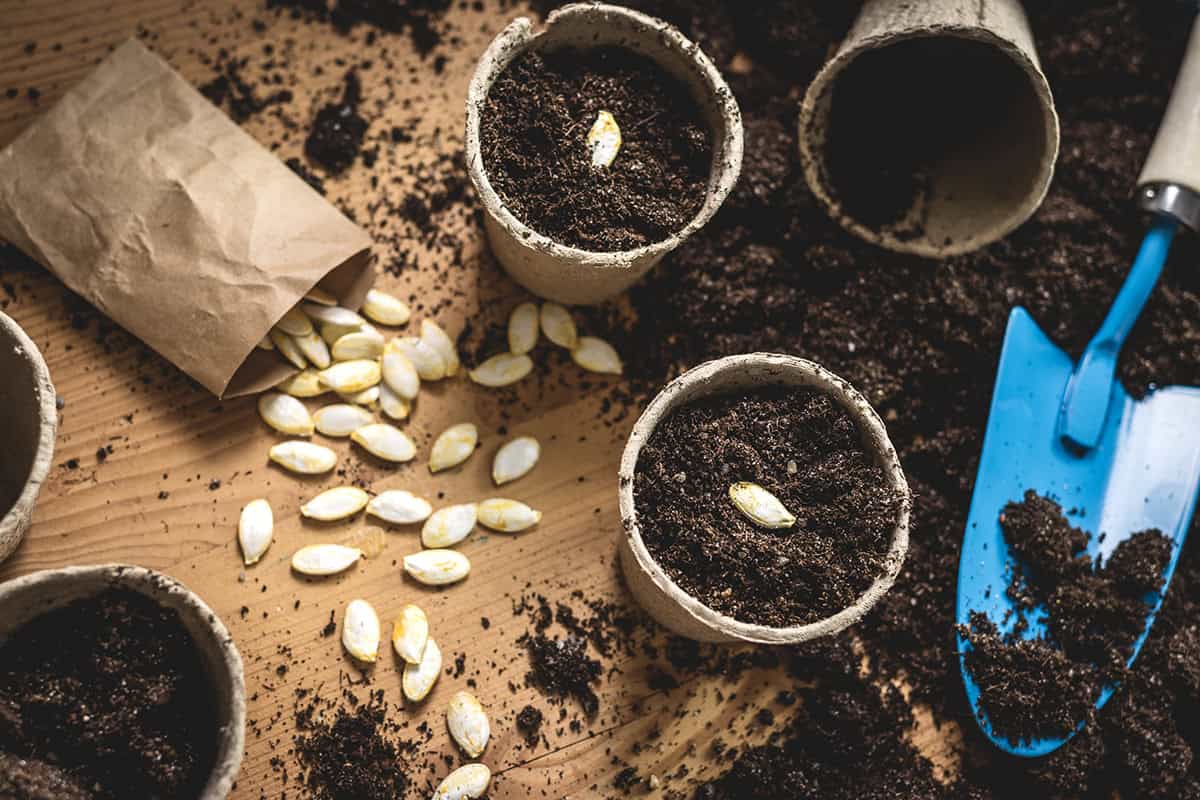
Starting plants from seeds is affordable and rewarding. Choose easy-to-grow seeds like herbs or annuals. Prepare seed trays with quality soil, ensuring they receive adequate sunlight and warmth to germinate. Once seedlings mature, you can transplant them into larger containers. Follow planting instructions on the packet for best results.
Rescue and Revive Discounted or “Sad” Plants
Visit garden centers and search for discounted “sad” plants. Often, these need a bit of TLC to revive. Check for signs of pests and diseases before purchase. At home, trim away dead or damaged growth, repot with fresh soil, and adjust watering habits. With consistent care, many of these plants recover well.
Use Recycled Glass Jars or Cans as Planters
Recycling old glass jars and cans can save costs on planters. Ensure proper drainage by adding small stones or using a hammer and nail to create holes. Paint or decorate them to complement your home’s aesthetic. They are perfect for herbs or small succulents placed on windowsills or countertops.
Buy Small Plants Instead of Mature Ones
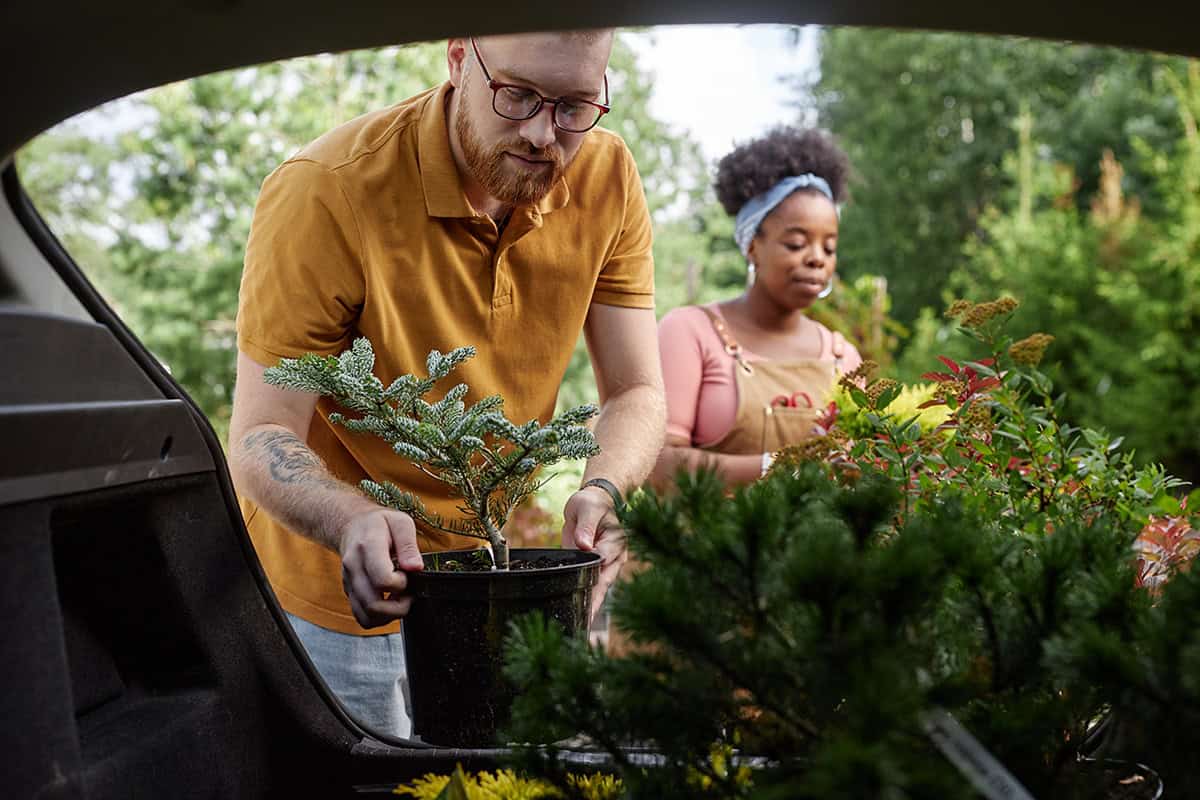
Young plants are typically cheaper and acclimate better to new environments. While mature plants showcase immediate aesthetics, growing small plants allows you to nurture their growth. With the right care, these small plants will develop into larger versions, providing long-term satisfaction and cost-efficiency.
Visit Garden Center Clearance Sections
Garden centers often have clearance sections for plants needing extra care or seasonal stock reductions. Search these areas for deals. Check the health status of each plant to ensure survival chances are high. Often a bit of repotting and attention renews their vitality. Aim to visit frequently, as stock changes regularly.
Repot Grocery Store Herbs into Decorative Pots
Many grocery stores sell potted herbs cheaply. Repot these herbs into decorative containers to spruce up your kitchen or windowsill. Choose vessels matching your home’s style and ensure they offer adequate drainage. Rotate herbs for even light exposure for lush, healthy growth. With routine trimming, herbs will stay productive for longer.
Create a Propagation Station with Bottles and Water
Creating a propagation station in your home adds style and function. Use clear bottles to hold plant cuttings in water. Place them in rooms with indirect sunlight to encourage root development. Regularly change the water to prevent stagnation. This method is not only affordable but also visually appealing.
Hang Plants Using DIY Macramé or Rope Holders
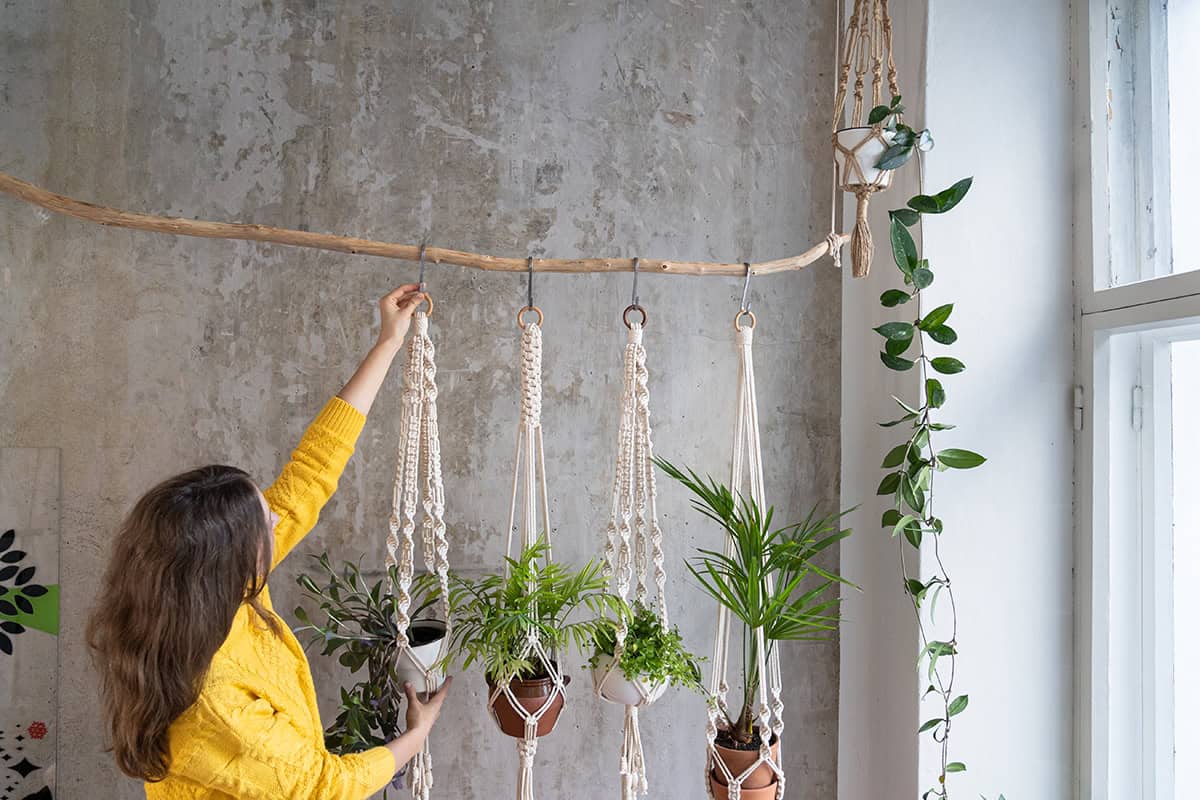
Utilize empty ceiling space by hanging plants. Crafting DIY macramé or using simple rope holders elevates plant displays. Choose durable ropes or cords to support weight. Various online tutorials can guide your designs. Hanging plants also maximize light exposure, enhancing growth and aesthetics.
Display Clippings in Glass Bottles as Temporary Décor
Use clear glass bottles to display plant clippings. This aesthetic is ideal for temporary décor on tables or shelves. Ensure bottles have fresh water, and clip stems to length when necessary. This method provides a modern and sophisticated look. Replace water frequently to keep clippings fresh.
Use Vertical Space with Wall Planters or Mounted Pots

Wall planters or mounted pots make excellent use of vertical space, keeping floors clear. Install in well-lit areas, considering weight limits of walls and planters. Arrange variously sized planters for an eye-catching display. Regularly check plants for water needs as elevated positions can increase drying.
Thrift Plant Stands, Baskets, or Pots
Visit thrift shops for budget-friendly plant stands, baskets, and pots. These stores often carry unique pieces that add character to your plant displays. Inspect items for stability and clean them before use. With a bit of creativity, these finds can become stylish components of your indoor garden.
Repurpose Wooden Crates as Tiered Plant Shelves
Old wooden crates make excellent tiered plant shelves. Stack them creatively to accommodate plants of various heights. Sand and paint or stain crates if desired for a polished look. Arrange in patios or indoors for a rustic charm. This method is both economical and visually appealing.
Grow Fast-Spreading Plants Like Pothos or Spider Plants
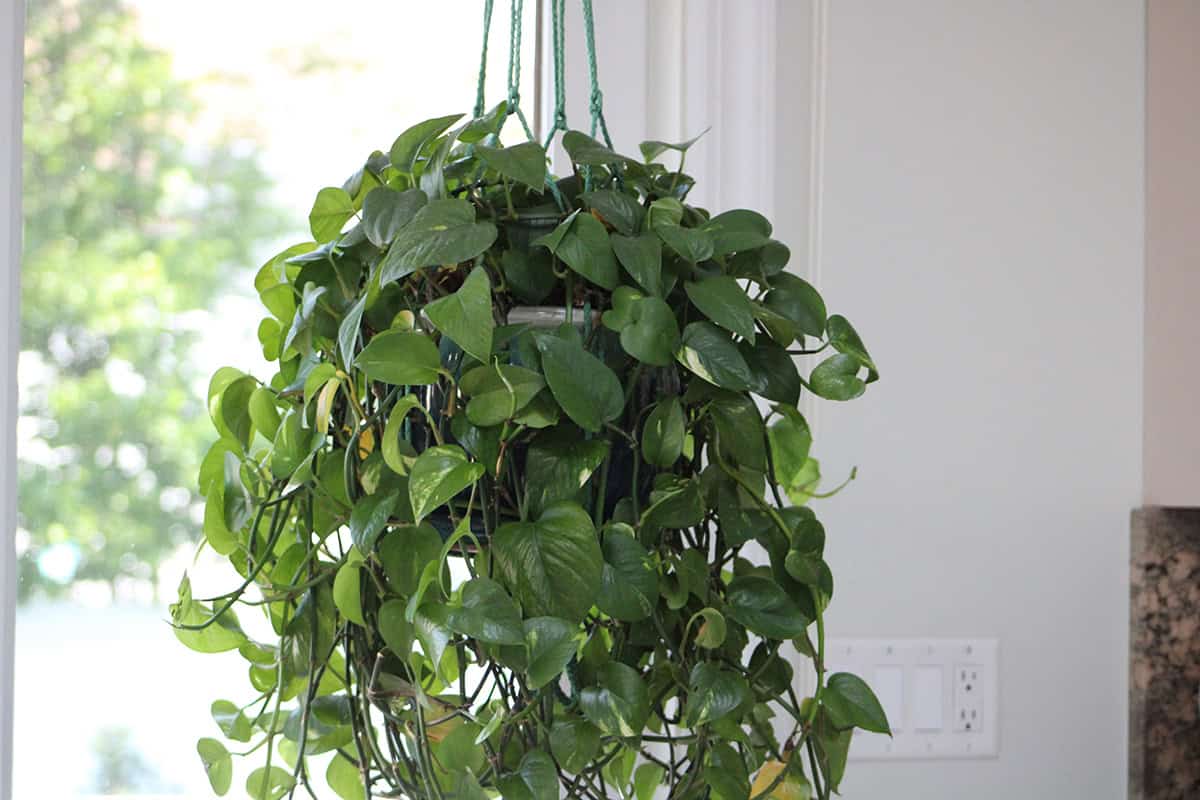
Fast-growing plants such as pothos and spider plants quickly fill spaces. These resilient plants thrive easily, making them ideal for beginners. Hang or place them on shelves for cascading greenery. Regular cutting and propagation from these plants can further expand your collection cost-effectively.
Use a Rolling Cart to Group Small Plants Together
A rolling cart can efficiently group small plants. It allows for easy relocation to ensure optimal sunlight and care. Arrange pots artistically within the levels for a mini indoor garden effect. This flexibility helps adapt plant placement to seasonal lighting changes, maximizing growth conditions throughout the year.
Upcycle Old Furniture for Creative Plant Displays
Turn outdated furniture into plant displays. Old dressers, tables, or ladders can be repurposed creatively. Sand and paint to renew their appearance. Utilize drawers as plant bases or shelves for tiered displays, adding a distinct touch to home décor. Look beyond traditional ideas for unique arrangements.
Rotate Plants Seasonally to Keep Spaces Looking Fresh
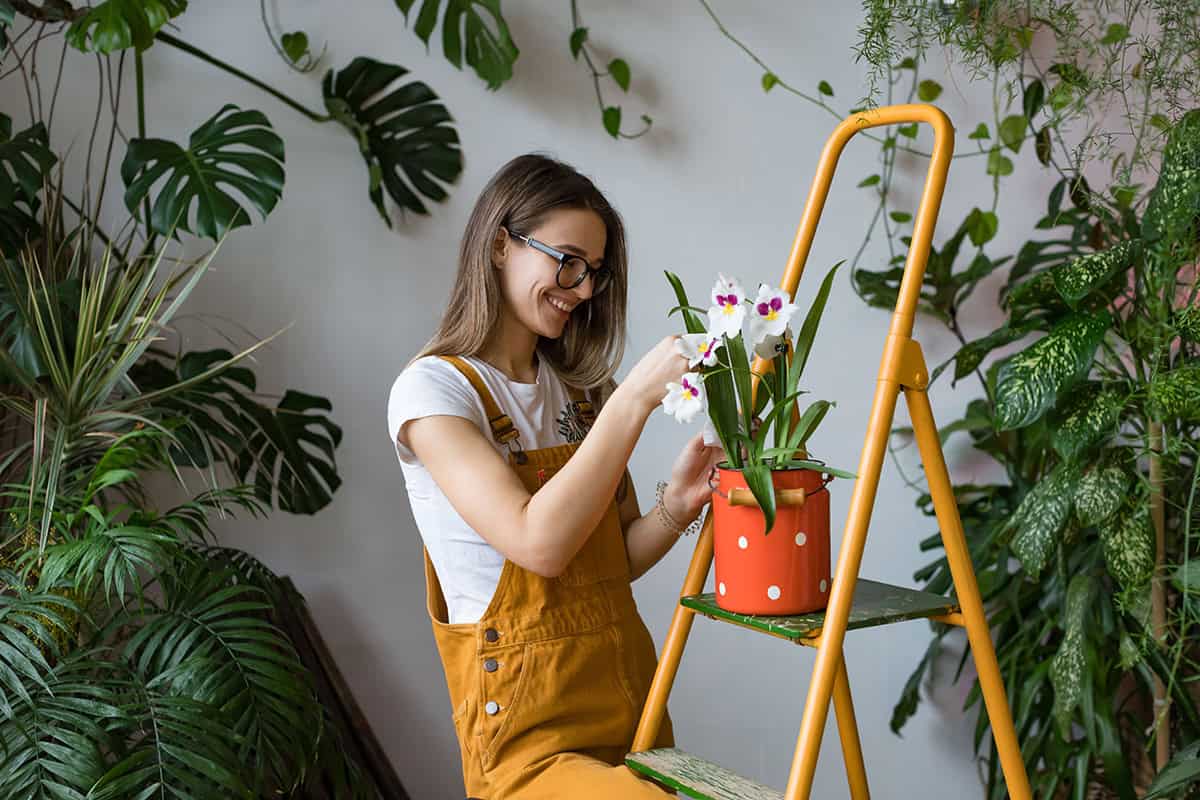
Regularly rotating plants rejuvenates home aesthetics. As seasons change, swap out plants for those thriving in current conditions. This approach stimulates healthier growth with adjusted light and humidity levels. Keep the environment vibrant and alters room dynamics with minimal new purchases.
Mix Real Plants with a Few High-Quality Faux Ones
Invest in quality faux plants to complement real ones, creating lush displays without extensive care. Arrange artificial plants in low-light areas unsuitable for real plants. This method adds fullness where maintenance may be challenging. Choose faux options that mimic real textures and colors for seamless integration.
Buy in Bulk from Local Growers or Farmer’s Markets
Exploring local growers and farmers’ markets offers often more affordable bulk options. Look for deals on multiple plant purchases. Purchasing directly supports local businesses and ensures fresh plants. Engage sellers for care advice specific to local climate conditions, enhancing the longevity of your plants.
Use Hanging Baskets to Maximize Ceiling Space
Hanging baskets optimally use ceiling space. Choose strong hooks and sturdy baskets to accommodate weight. This arrangement is ideal for trailing plants, adding vertical greenery. Ensure baskets receive adequate light. Water retention can vary with heights, so adjust care routines accordingly for plant health.
Fill Corners with Large, Affordable Leafy Plants

Strategically place large, affordable plants in corners for dramatic impact. Species like peace lilies or rubber plants offer lush aesthetics without high costs. Evaluate light availability before placement to ensure growth. These plants often require less frequent watering, making them low-maintenance options.
Refresh and Reuse Old Potting Soil with Compost
Enhance aged potting soil with quality compost, rejuvenating nutrients. Composting household waste creates a sustainable solution for enriching soil, reducing costs. Fresh nutrients aid plant health and robust growth. Ensure proper balance between soil and compost to maintain air and water retention for roots.
Maintain Healthy Plants to Avoid Replacing Them
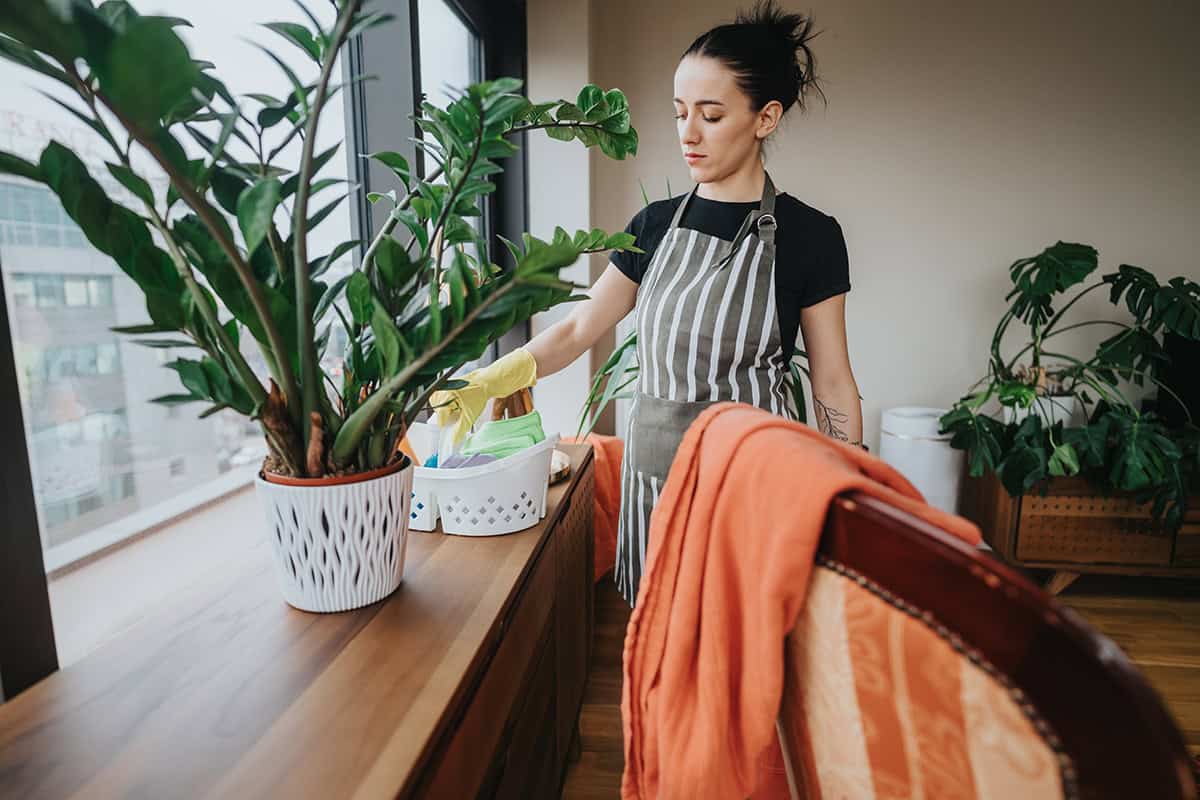
Ensuring plant health reduces the need for replacements. Regularly inspect for pests, adjust watering, and clean leaves to prevent issues. Understand specific care requirements for each species for best results. A healthy plant can thrive for years, saving money on new replacements and creating a stable, vibrant environment.
